
Are you ruining expensive grinding wheels or workpieces? Grinding the wrong material creates safety risks and wastes money. The solution is knowing what to keep away from your grinder.
In general, you cannot grind materials that are too soft, as they clog the wheel. You also cannot grind materials that react dangerously to heat or materials that are extremely flammable. These will damage the wheel and create serious safety hazards.

As a factory that has produced grinding wheels1 for nearly three decades, we have seen almost every mistake possible. A grinding wheel is a precision tool, not an all-purpose material remover. Using it on the wrong substance is one of the fastest ways to destroy the wheel and potentially injure an operator. The core principle is simple: a grinding wheel works by chipping away at a material. If the material doesn’t chip, or if it reacts badly to the intense heat and friction of grinding, you have a problem. Let’s look at the specific materials you should never bring near your grinding machine2.
What materials may not be ground on a grinding machine?
You’re standing in front of your grinder, unsure if a certain material is safe. Assuming it’s okay can lead to a clogged wheel, a fire, or worse. Know the "do not grind" list.
Never grind soft, non-ferrous metals like aluminum or copper that load the wheel. Avoid highly flammable materials like wood, magnesium, or plastics. They can easily catch fire or release toxic fumes when ground.
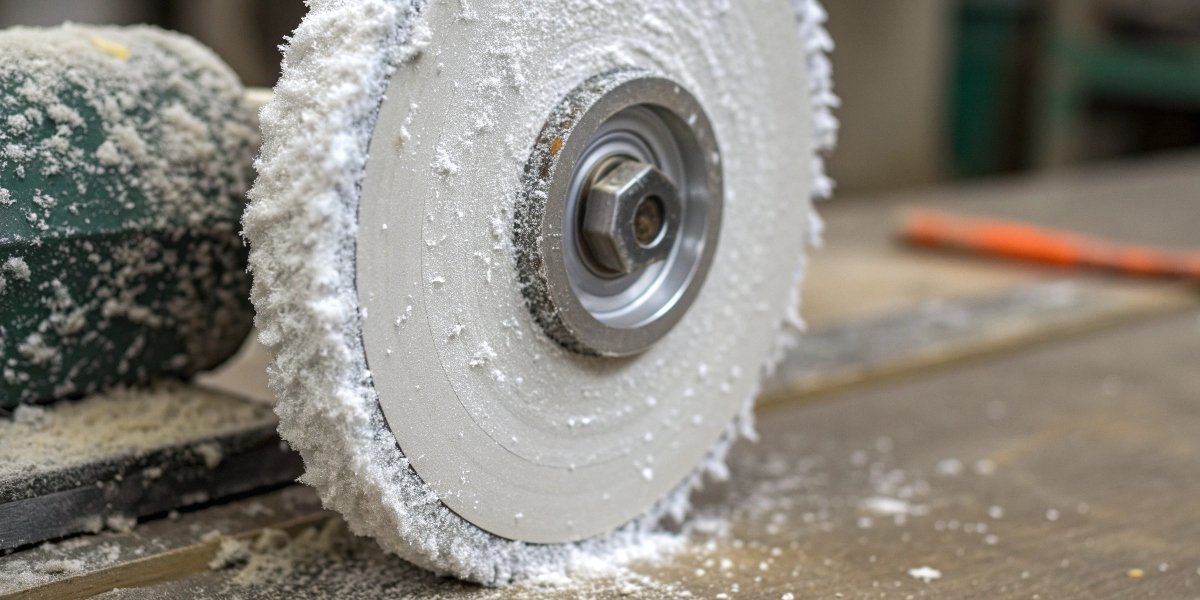
The list of prohibited materials is based on three simple problems: clogging3, heat reactions4, and safety. A material might seem hard enough to grind, but it can cause serious issues. Clogging, or "loading," is the most common problem. Soft metals don’t get ground away into dust. Instead, the friction melts them, and they get smeared into the pores of the wheel. This clogs the cutting surface, turning your cutting tool into a polishing tool that just generates extreme heat. The second issue is uncontrolled heat reactions. Some materials have a very low ignition temperature. The sparks and friction from a grinder are more than enough to set them on fire. Finally, some materials can damage the wheel itself through chemical reactions5 or simply by being too hard for a standard wheel to handle, which is a significant safety risk.
Problem Materials and Why to Avoid Them
| Category | Example Materials | Primary Hazard |
|---|---|---|
| Soft / Clogging | Aluminum, Copper, Brass, Soft Plastics | Loads the wheel, causing extreme heat and loss of cutting action. |
| Flammable | Wood, Magnesium, Titanium | High risk of fire and dangerous, hard-to-extinguish flames. |
| Reactive / Hazardous | PVC Plastic, Galvanized Steel, Diamond on Steel | Releases toxic fumes (chlorine, zinc) or causes wheel destruction. |
What types of metals are never ground on pedestal grinders and why?
That pedestal grinder in the corner of your shop looks tough. But treating it like it can grind anything is a recipe for a shattered wheel. Know its specific limits to stay safe.
Never grind soft non-ferrous metals like aluminum or brass on a standard pedestal grinder, as they will severely load the wheel. You must also avoid magnesium due to its extreme fire hazard.
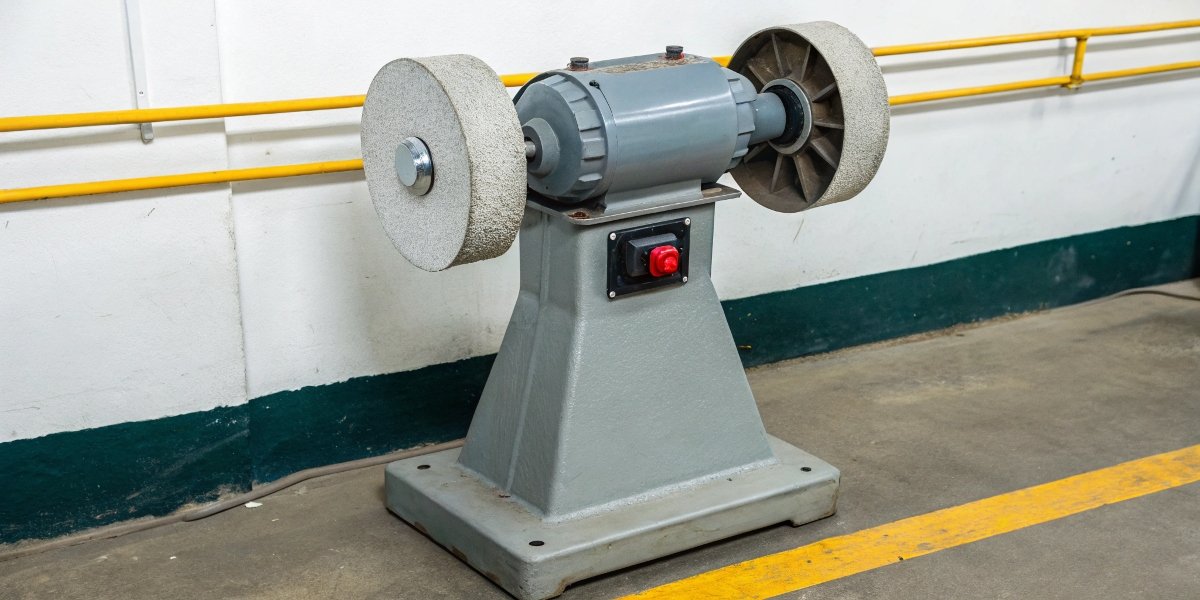
The typical pedestal (or bench) grinder you find in most workshops is fitted with a vitrified aluminum oxide wheel. These are fantastic for sharpening steel tools and general-purpose steel grinding. However, they are absolutely the wrong tool for certain metals. The number one enemy is aluminum. The friction from the grinder instantly melts the aluminum, which then solidifies deep inside the pores of the wheel. The wheel stops cutting and the heat buildup can cause the workpiece6 to weld to the wheel or, in a worst-case scenario, cause the wheel to crack from thermal stress. Magnesium is even more dangerous. The sparks from the grinder will ignite the magnesium7 dust, creating a fire that burns at thousands of degrees and cannot be put out with water. It is a critical safety failure waiting to happen. Finally, while you can grind soft steel, you should never try to grind hardened tool steel on a standard grey wheel. The wheel is not designed for it and can shatter under the pressure.
Can you use wood on a grinding wheel?
You need to shape a small piece of wood and the grinder is right there. It seems like a fast solution, but it’s an incredibly dangerous idea. Use the right tool for the job.
No, you must never use a grinding wheel on wood. It is an extreme fire hazard. The friction and sparks will ignite the wood dust instantly. It also clogs the wheel immediately, making it useless and dangerous.
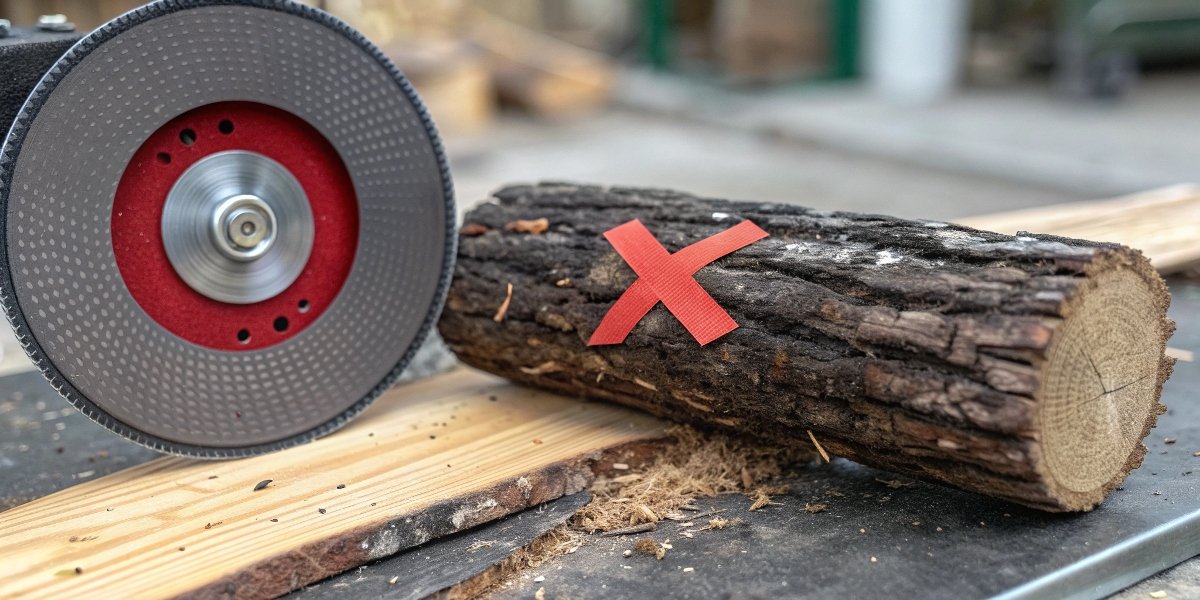
Bringing wood to a grinding wheel is one of the most hazardous mistakes you can make in a workshop. Let’s break down exactly why it’s so dangerous. First, the fire risk is enormous. A grinding wheel generates a shower of sparks that are over a thousand degrees. Fine wood dust is highly flammable. The combination will lead to a flash fire right at the machine. Second, the grinding wheel will not cut the wood cleanly. Wood is fibrous. A grinding wheel, designed to fracture hard crystals, will just tear and shred these fibers. This clogs the wheel’s surface almost instantly. A clogged wheel can’t cut; it just rubs. This creates even more friction and burnishing, increasing the fire risk. Third, it is impossible to control. The aggressive nature of the wheel will grab the wood, potentially pulling it out of your hands or causing it to splinter violently. For shaping wood, you need tools designed for it, like sanders, planes, or saws.
Which metal can damage a grinding wheel?
Your high-quality grinding wheels are wearing out far too quickly. This isn’t normal wear and tear; a specific metal could be destroying your investment. Know which materials are wheel killers.
Soft metals like aluminum damage a wheel by clogging it. However, steel can chemically destroy a diamond wheel at high speed, and trying to grind very hard steel with the wrong, standard wheel can cause it to overload and fracture.

When we talk about "damaging" a wheel, there are a few ways it can happen. The most common is loading, as we’ve discussed. Soft metals like aluminum and copper clog the pores, and the resulting heat can cause micro-cracks in the bonding agent that holds the abrasives. This leads to premature wear and an unbalanced, unsafe wheel. The second type of damage is a chemical reaction. This is seen most dramatically when an operator tries to grind steel with a diamond wheel8. Diamond is pure carbon. At the high temperatures of grinding, the iron in steel acts as a catalyst, causing the carbon atoms in the diamond to change state and essentially dissolve. This destroys the expensive diamond wheel very quickly. It’s why we use Cubic Boron Nitride (CBN) for hard steel9s. Finally, there is damage from simple mechanical overload. If you force a standard, hard-bonded wheel against a piece of hardened tool steel, the abrasive grains10 won’t fracture away to expose new ones. The wheel stops cutting, and the pressure builds until the bond itself fails, potentially causing the wheel to shatter.
Conclusion
For safety and performance, avoid grinding soft, flammable, or chemically reactive materials. Always match your wheel to the workpiece to prevent clogging, dangerous reactions, and costly damage to your tools.“`
-
Explore this resource to learn how to extend the life of your grinding wheels and ensure safe operation. ↩
-
This link provides a comprehensive list of materials suitable for grinding machines. ↩
-
Learn about clogging issues and how to avoid them for better grinding performance. ↩
-
This resource explains heat reactions and their impact on grinding safety. ↩
-
This resource explains the chemical reactions that can damage grinding wheels. ↩
-
Explore this resource to learn how to select the right materials for grinding. ↩
-
Discover the dangers of grinding magnesium and how to handle it safely. ↩
-
Learn about diamond wheels, their applications, and why they require special handling. ↩
-
This link discusses the challenges of grinding hard steel and the right tools to use. ↩
-
Understanding abrasive grains can help you choose the right grinding wheels for your needs. ↩
Written by
leeon
You may also be interested in:
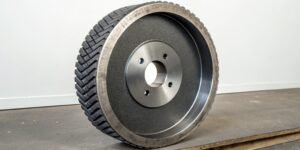
What's the application of CBN Wheels?
Struggling with grinding hard steels? Frequent wheel changes and poor finishes can hurt your bottom line. We have found that CBN wheels provide the durability
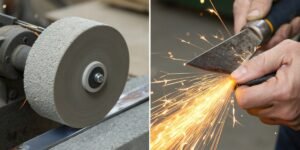
What is the difference between grinding and honing a blade?
A dull blade is a frustrating problem. It slows down production and ruins your workpiece. Using the wrong technique to fix it can cause permanent
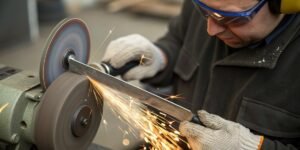
How to sharpen a knife on a bench grinder?
Is your dull knife slowing you down? A bench grinder seems like a quick fix, but you’re worried about ruining the blade. You need a

Can you use an angle grinder as a sander?
Your sanding project is tough, and your regular sander is not powerful enough. You look at your angle grinder. It has the power, but is
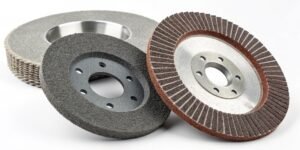
How to judge the quality of a grinding wheel?
Choosing the wrong wheel wastes money and ruins parts. Poor quality leads to downtime and rejection. A few key checks can guarantee you pick the

What is low stress grinding?
Struggling with parts failing due to hidden stress from grinding? This common issue causes cracks and reduces component life, costing you money. Low stress grinding
